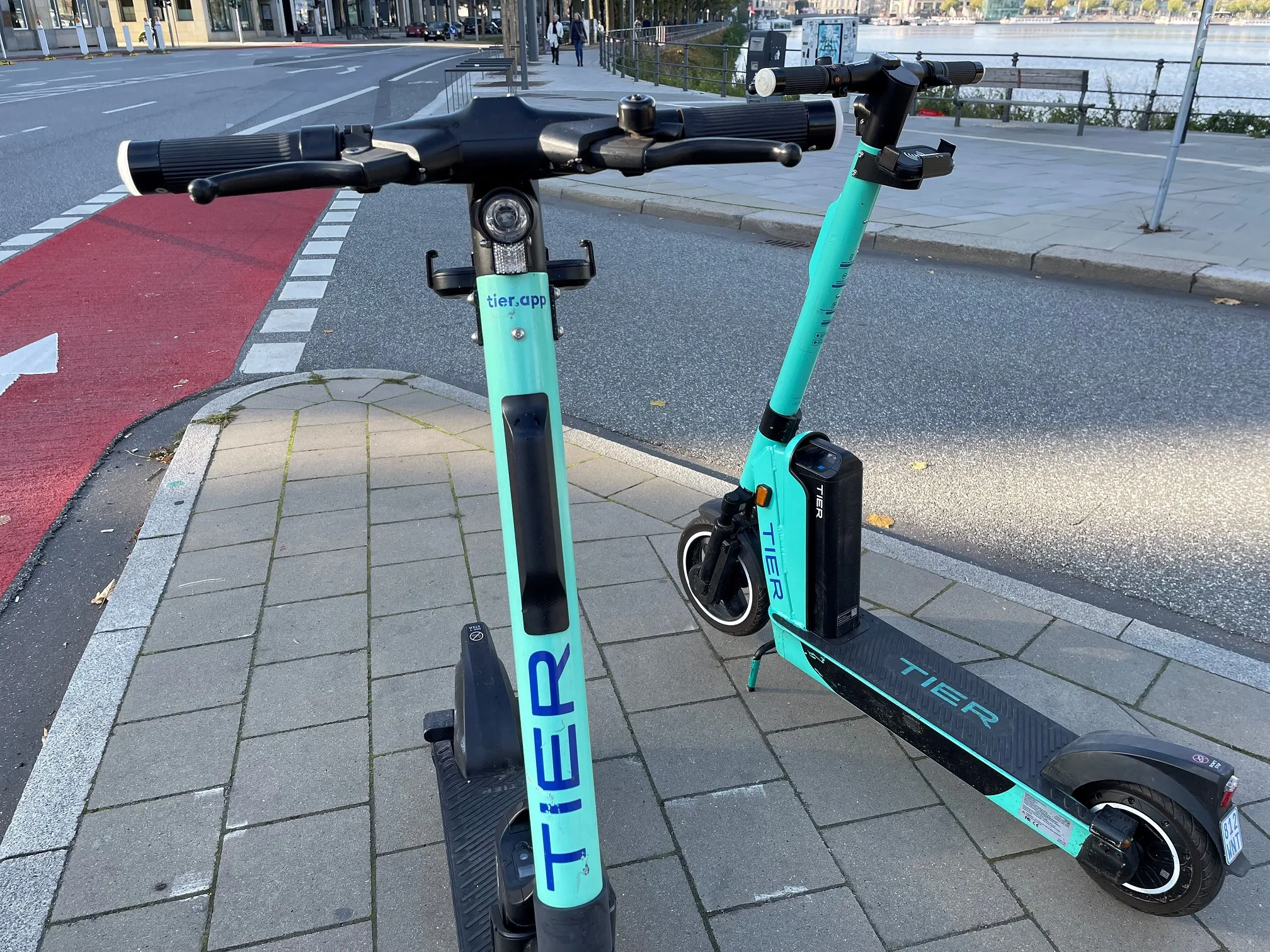
Canada-based Quarterhill has completed its acquisition of Red Fox ID.
"The Red Fox transaction met both our strategic and financial criteria for an acquisition, and we are pleased to welcome their team," said Chuck Myers, CEO of Quarterhill.
The English company provides automatic vehicle detection and classification (AVDC) software, which allows the tolling industry to identify and charge vehicles as they enter and leave tolling facilities.
The firm's Quantum software platform can process data from both Lidar and in-pavement inductive loops.
Myers says this means the firm is "an ideal fit with our increasing focus on technology as a differentiator in the market" and Quarterhill looks forward "to investing further in their product platform and capabilities".










